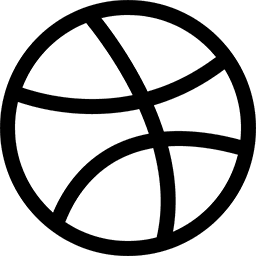Introduction to the Stripe Line Marking Paint Market
The global stripe line marking paint market was valued at approximately USD 923.5 million in 2024 and is projected to reach USD 1.2 billion by 2030. This growth, at a compound annual growth rate (CAGR) of 3.8% during the forecast period (2024–2030), is primarily driven by increasing demand for road safety, urban infrastructure development, and growing awareness of safety measures in public spaces.
Read More: https://www.24chemicalresearch.com/reports/273197/global-stripe-line-marking-paint-market-2024-506
Key Industry Dynamics Shaping the Market
Rising Demand for Road Safety and Infrastructure Development
The rapid expansion of urban infrastructure, along with the growing emphasis on road safety, is boosting demand for stripe line marking paint. Governments worldwide are investing in road networks, parking facilities, and pedestrian zones, creating a consistent demand for high-visibility, durable marking solutions.
Technological Advancements in Line Marking Paint
Innovations in paint formulations have led to the development of environmentally friendly, fast-drying, and long-lasting paints. These advancements improve visibility in various weather conditions, reduce maintenance costs, and extend the lifespan of markings, making them more cost-effective for municipalities and businesses.
Regulatory Compliance and Sustainability Trends
Stringent regulations promoting sustainable construction and transportation are influencing product development. Manufacturers are focusing on low-VOC (Volatile Organic Compounds) and water-based formulations that meet environmental standards without compromising performance.
Read More: https://www.24chemicalresearch.com/reports/273197/global-stripe-line-marking-paint-market-2024-506
Recent Developments in the Stripe Line Marking Paint Market
Expansion of Production Capacities
Key industry players are expanding their production facilities to meet growing demand, particularly in regions with rapid infrastructure development such as Asia-Pacific and North America. Investments in advanced manufacturing processes are improving product quality and reducing production costs.
Strategic Collaborations and Product Launches
Collaborations between paint manufacturers, government agencies, and infrastructure developers are driving innovation in marking solutions. Recent product launches feature enhanced visibility, faster application times, and greater durability, improving both safety and efficiency.
Adoption of Smart Technologies
The integration of smart technologies, such as reflective and thermoplastic paints with embedded sensors, is gaining traction. These innovations support smart city initiatives by enhancing traffic management and improving nighttime visibility.
Future Growth Prospects and Market Outlook
Increasing Demand for Sustainable Solutions
As environmental regulations become more stringent, demand for eco-friendly line marking paints is expected to grow. Water-based and bio-based formulations offer a sustainable alternative to traditional solvent-based paints, aligning with global sustainability goals.
Regional Market Expansion
Asia-Pacific is anticipated to experience the highest growth due to rapid urbanization, infrastructure investments, and government initiatives to improve road safety. North America and Europe will continue to play a significant role, driven by advanced transportation networks and safety regulations.
Overcoming Challenges and Seizing Opportunities
Challenges such as raw material price fluctuations and environmental compliance may impact market growth. However, advancements in paint formulations, increased investment in smart city projects, and rising public awareness of safety measures present significant opportunities for market players.
Read More: https://www.24chemicalresearch.com/reports/273197/global-stripe-line-marking-paint-market-2024-506
- Bleached Absorbent Cotton Market Analysis 2024–2032: Declining Trends and Industry Insights - June 5, 2025
- Industrial Chromic Anhydride Market Report 2024–2032: Insights, Trends, and Growth Prospects - June 5, 2025
- Recycled Wood Plastic Composites Market Report 2024–2032: Trends, Innovations, and Growth Insights - June 5, 2025






tangiers casino
References:
https://nexonjumak.com/bbs/board.php?bo_table=free&wr_id=8739